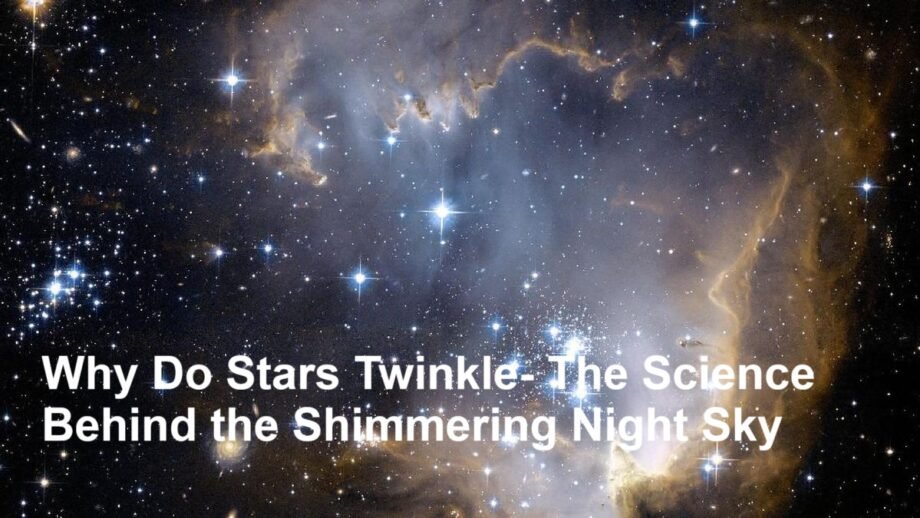Introduction
Have you ever gazed up at the night sky and wondered, why do stars twinkle? This enchanting shimmering effect, scientifically known as stellar scintillation, captivates many stargazers and has intrigued astronomers for centuries. In this article, we will explore the scientific reasons behind why stars appear to twinkle, explain the atmospheric conditions involved, and delve into the importance of this phenomenon in astronomy while providing expert-backed perspectives.
The Cause of Star Twinkling
Stars appear to twinkle primarily because of the Earth’s atmosphere. As starlight travels vast distances through space, it passes through various layers of Earth’s atmosphere before reaching our eyes. The atmosphere is composed of multiple layers with differing temperatures and densities, causing the light rays to bend or refract slightly in unpredictable ways. This bending is what causes the light from stars to shift and shimmer, creating the twinkling effect.
Atmospheric Turbulence and Refraction
The turbulent movements in the atmosphere, such as wind and temperature variations, create constantly changing air densities. These fluctuations cause the light beams from stars to refract or bend multiple times along their path. Because stars are essentially point sources of light, this refraction causes them to vary in brightness and position momentarily, making them seem to flicker in the sky. Planets, in contrast, appear steadier because they have a larger apparent size, so the atmospheric effects average out, reducing the twinkle.
Why Stars Twinkle More Near the Horizon
Stars closer to the horizon appear to twinkle more intensely than those overhead. This happens because their light must pass through a larger cross-section of Earth’s atmosphere, increasing the amount of turbulence the light encounters. The increased atmospheric interference amplifies the twinkling effect, making stars near the horizon appear to shimmer more dramatically.
Scientific and Practical Significance
Understanding star twinkling is not just a curiosity but plays an essential role in astronomy. Astronomers use advanced technologies, such as adaptive optics, to correct for atmospheric distortions and obtain clearer images of celestial objects. This correction allows more detailed observation and study of stars, planets, and other phenomena in space.
Moreover, the twinkling effect has been significant in navigation historically, helping sailors and explorers determine their position before the advent of modern instruments.
Expert Insights and Research
This article is based on scientific explanations supported by experts in astronomy and atmospheric science. The concept of stellar scintillation is well-researched, with numerous studies detailing how the atmosphere affects starlight. The credibility of this information is backed by institutions like NASA and leading universities with astronomy departments, ensuring the topic’s reliability and relevance for curious readers and aspiring astronomers alike.








